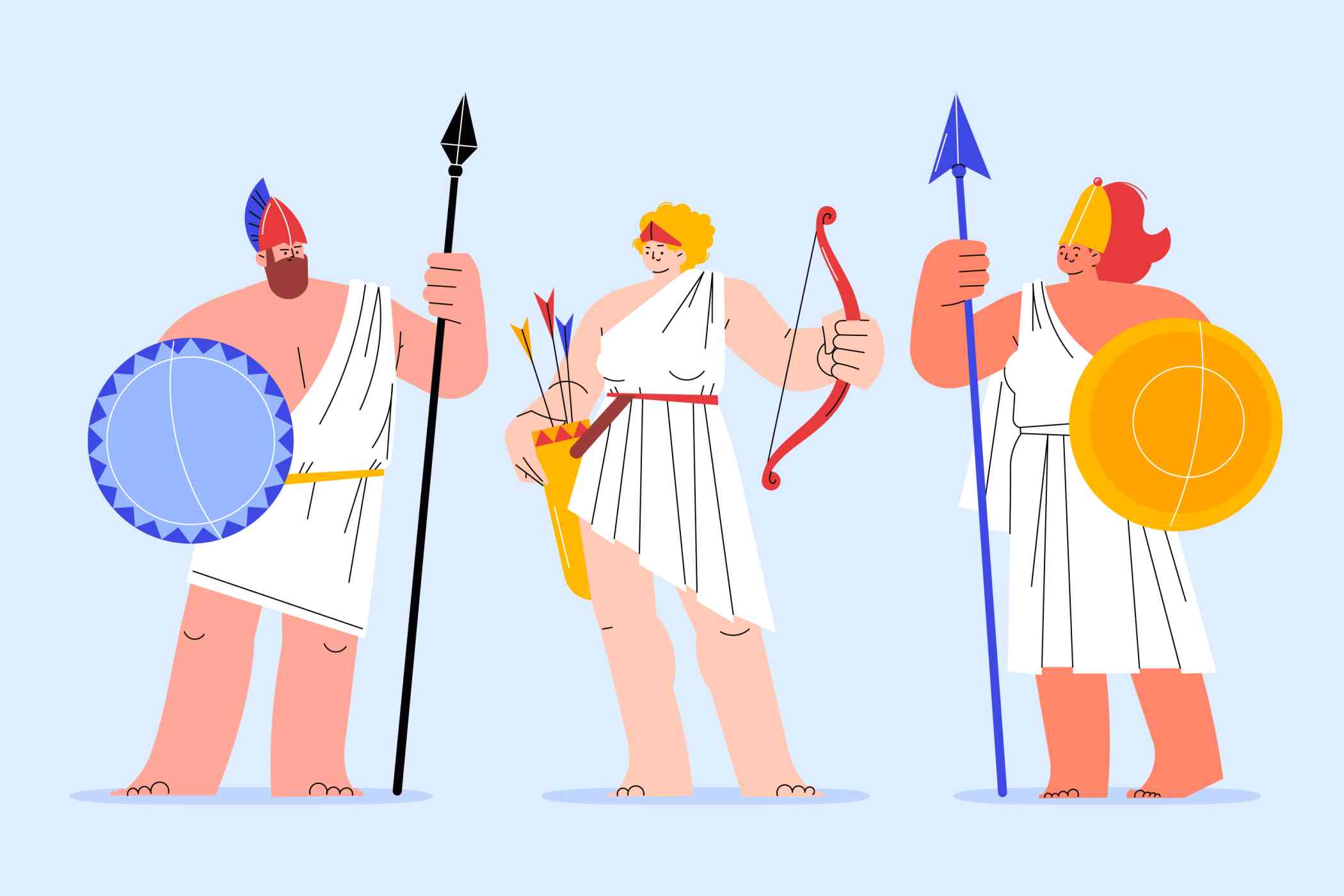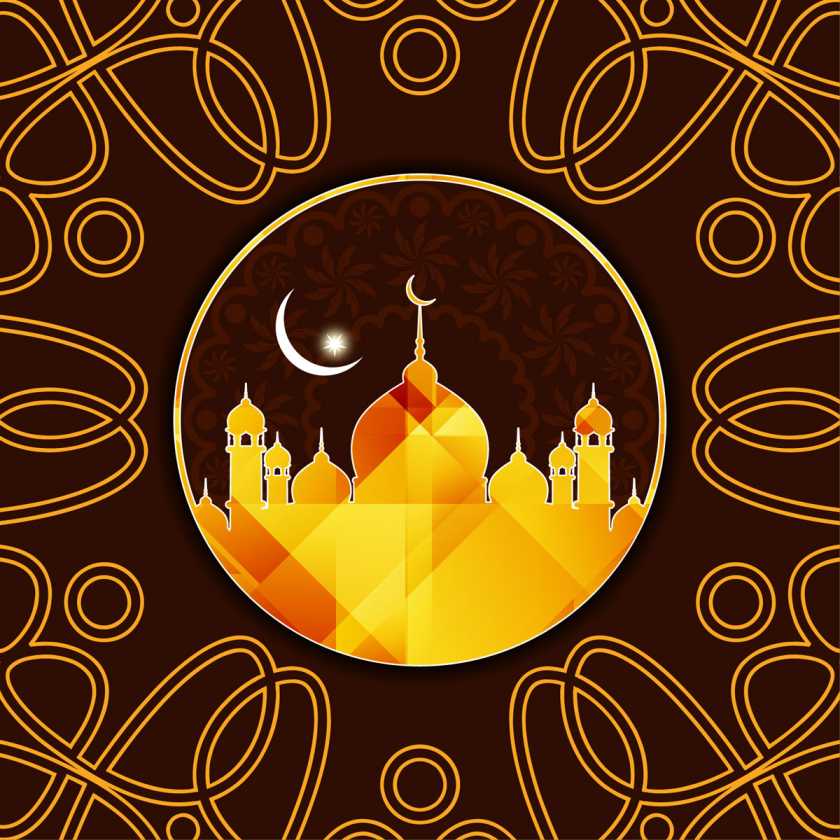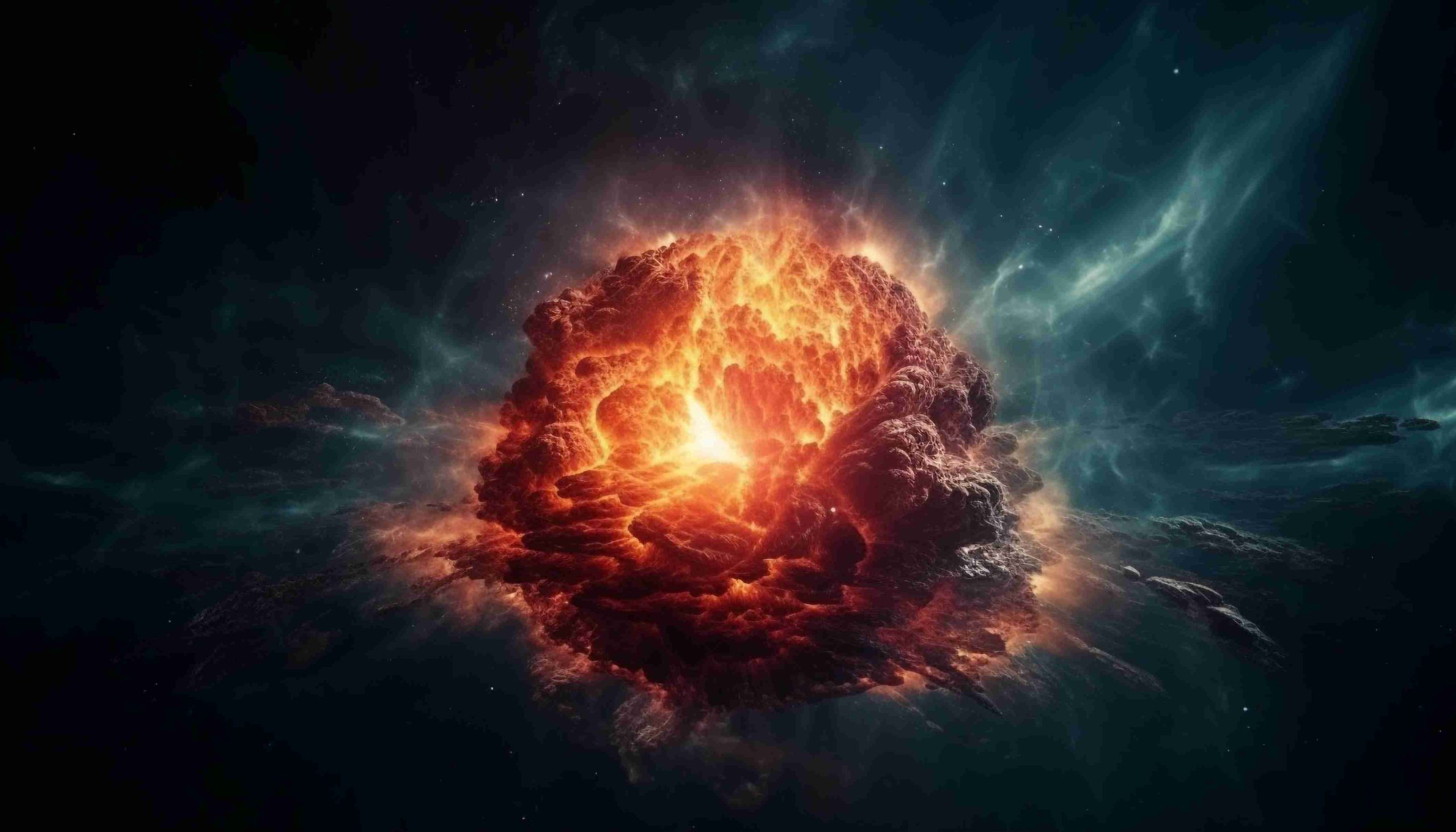For many millennia, the expansive immensity of the night sky has captured the imagination of man. From erstwhile flickering flames of primitive men sitting around fires to the telescopes that peer into the furthest reaches of the universe today, the stars have been the guiding beacon, the inspirational touchstone, and the curiosity igniter for numerous generations. Ancient civilizations left an indelible mark in the early evolution of what we know as astronomy today, and their constant observations and deep interpretations greatly contributed to our now including the knowledge about the universe.
One of the most remarkable aspects of ancient astronomical studies was the dedication and precision with which early civilizations mapped the skies. The Babylonians, for instance, were among the earliest astronomers because they developed one of the first systematic methods of observing celestial events. They recorded meticulously the planetary movement and all other celestial phenomena on clay tablets as early as 2000 BCE. They have a very good understanding of the phenomena in the cycles of the heavens that enabled them to predict eclipses and the events of planets with remarkable accuracy, thus laying the foundations for modern science.
From across the Mediterranean, the ancient Greeks built up into the previous Babylonian knowledge. Hipparchus, often known as the father of astronomy, made wonderful contributions to this field in the second century Before Christ. He produced star catalogs and created a system in which the stars are classified according to their brightness using a rating of stellar magnitudes. His work opened the door for Ptolemy’s Almagest-a holistic text that governed the history of astronomical thought for centuries. Though inaccurate regarding the heliocentric model, the Almagest offered a powerful basis for synthesizing astronomical knowledge and defending systematic observations.
It would be interesting to study the importance of celestial navigation in the ancient cultures. Also noteworthy is how Polynesians used star navigation, traversing thousands of miles across different parts of the Pacific, with stellar guides to indicate courses, and memorizing their seasonal rises – all without the aid of modern technology. This elaborate system of knowledge, ingrained in one’s memory, was handed down from generation to generation. Although exceptional, this subject is mostly about exploration. It also plays an important role in the sociocultural form of these communities.
In Asia, the ancient astronomer of China developed elaborate observational instruments and recorded astronomical events with such accuracy. The records documents comets, supernovae, and solar eclipses going back to the time of the Shang Dynasty (circa 1600-1046 BCE). They developed a lunar calendar, which determined the appropriate time for such agricultural activities as harvest and for festivals, as influenced by the cycles of the moon in the sky. Hence, Chinese astronomy was intimately related to the philosophy of the time and also politics; much of the phenomena observed in the heavens were considered omens and thus were used as guideposts for the emperors in their rule.
The Mayans were great astronomers, providing various contributions in the field. They had a very complex calendar system developed through observation of the celestial bodies. The Mayan calendar was based on astronomical observations and was an important component in terms of regulating agricultural activities and religious events. Their pyramids were aligned with celestial events, symbolizing the interdependence of the architecture, culture, and cosmos in their worlds.
Thus, the ancient civilizations offered the foundation for the birth of modern astronomy. Their systems of more or less careful observations, laws of thought, and culturally established practices relating to celestial phenomena became the base of contemporary astronomy. Also, understanding these ancient civilizations by today’s science students studying astronomy will give a background appreciation of the discipline. From the ancient records extending into above modernity, their legacy would motivate limitless curiosity and scholarship as humanity continues discovering the universe’s mysteries. The stars, as the ancient astronomers knew them, hold eons of secrets waiting to be revealed by the coming generation of explorers.
The long and short of it is that it was their careful observations, laws of thought, and practices established unconsciously by their culture relative to celestial phenomena that provided the basis for modern astronomy. Likewise, an understanding of these ancient civilizations would give a background value of present-day science students studying astronomy. Their legacy, stretching across ancient records extending into above modernity, would inspire limitless curiosity and scholarship as humanity continues discovering the universe’s mysteries. The stars, as the ancient astronomers knew them, hold eons of secrets waiting to be revealed by the coming generation of explorers.







